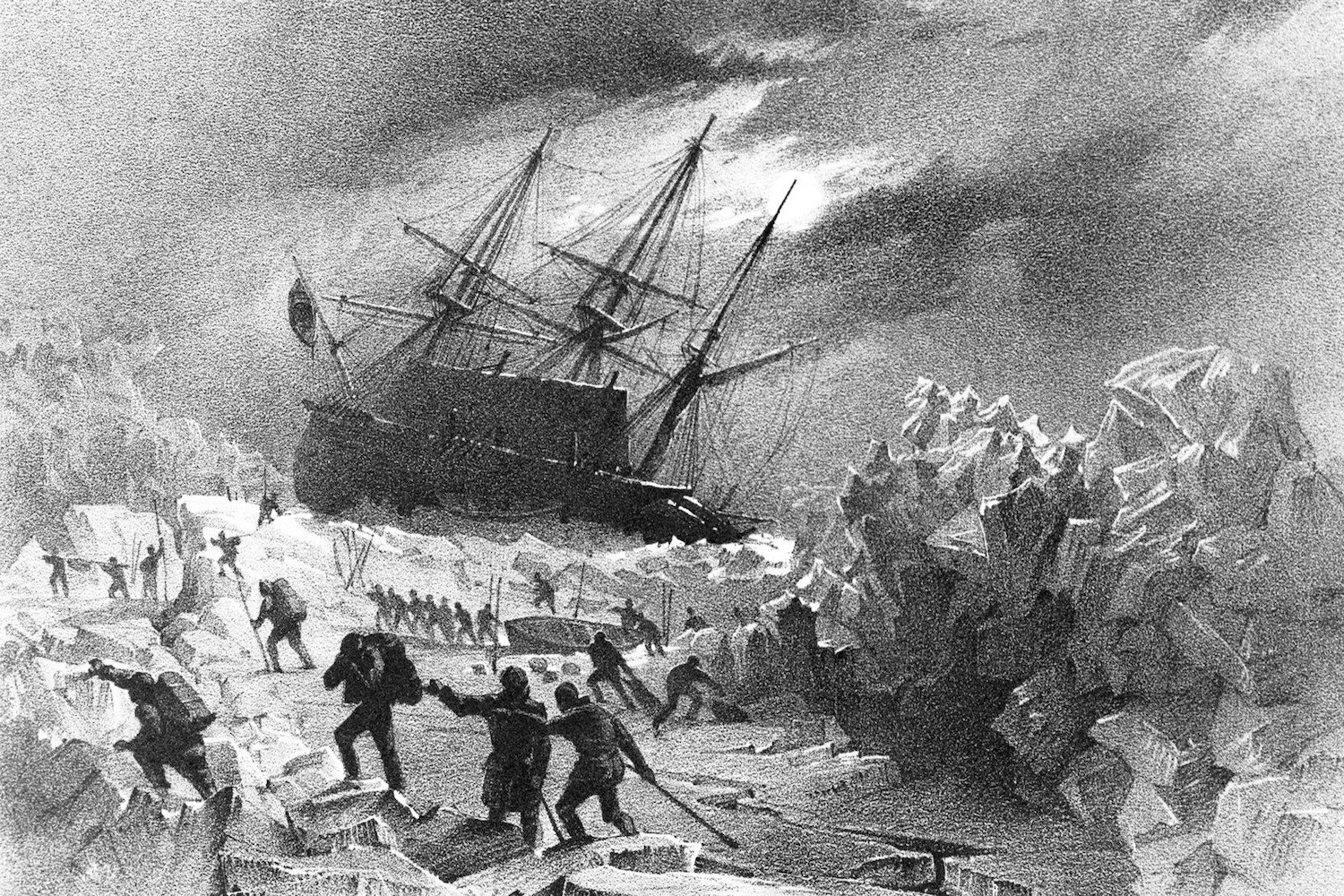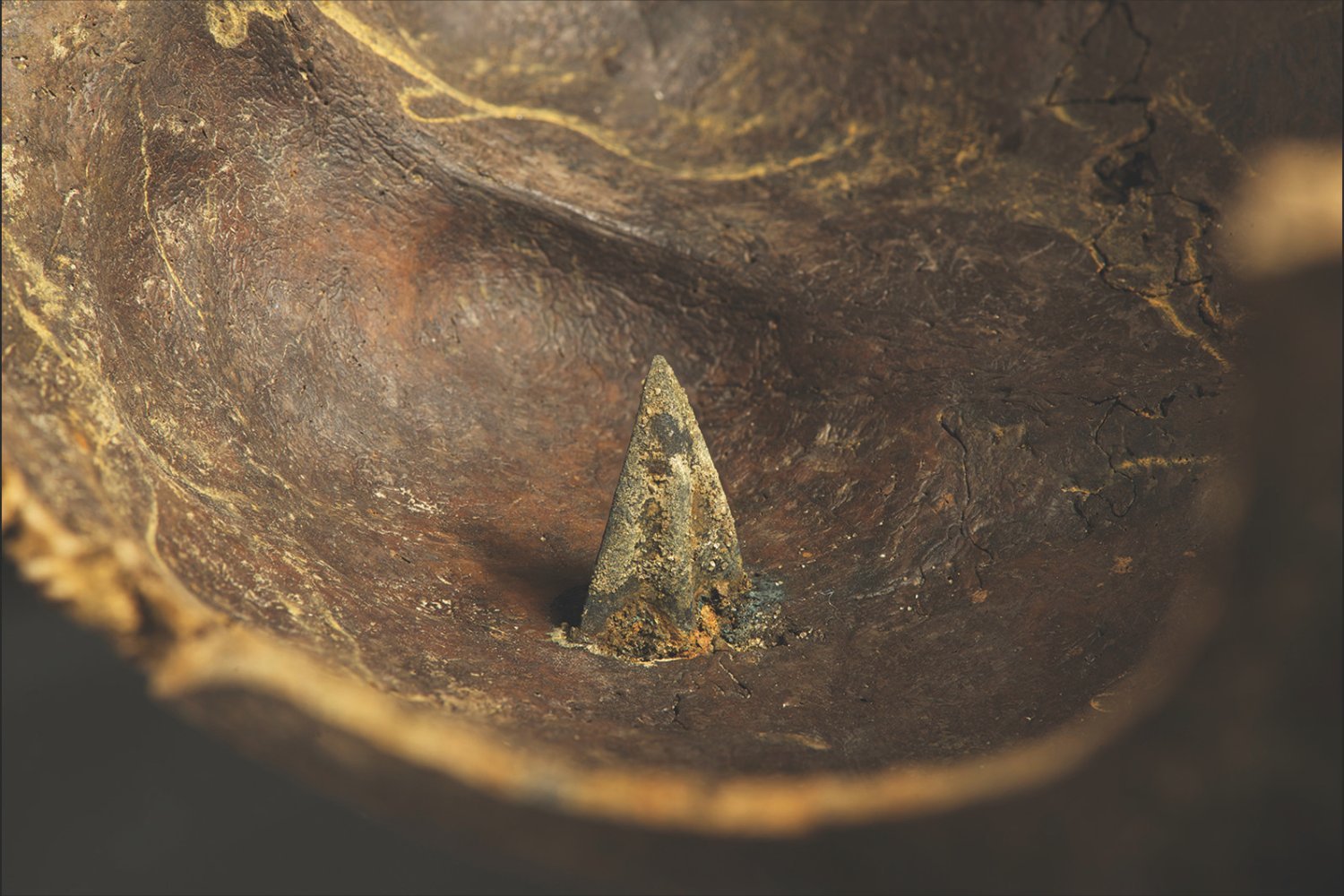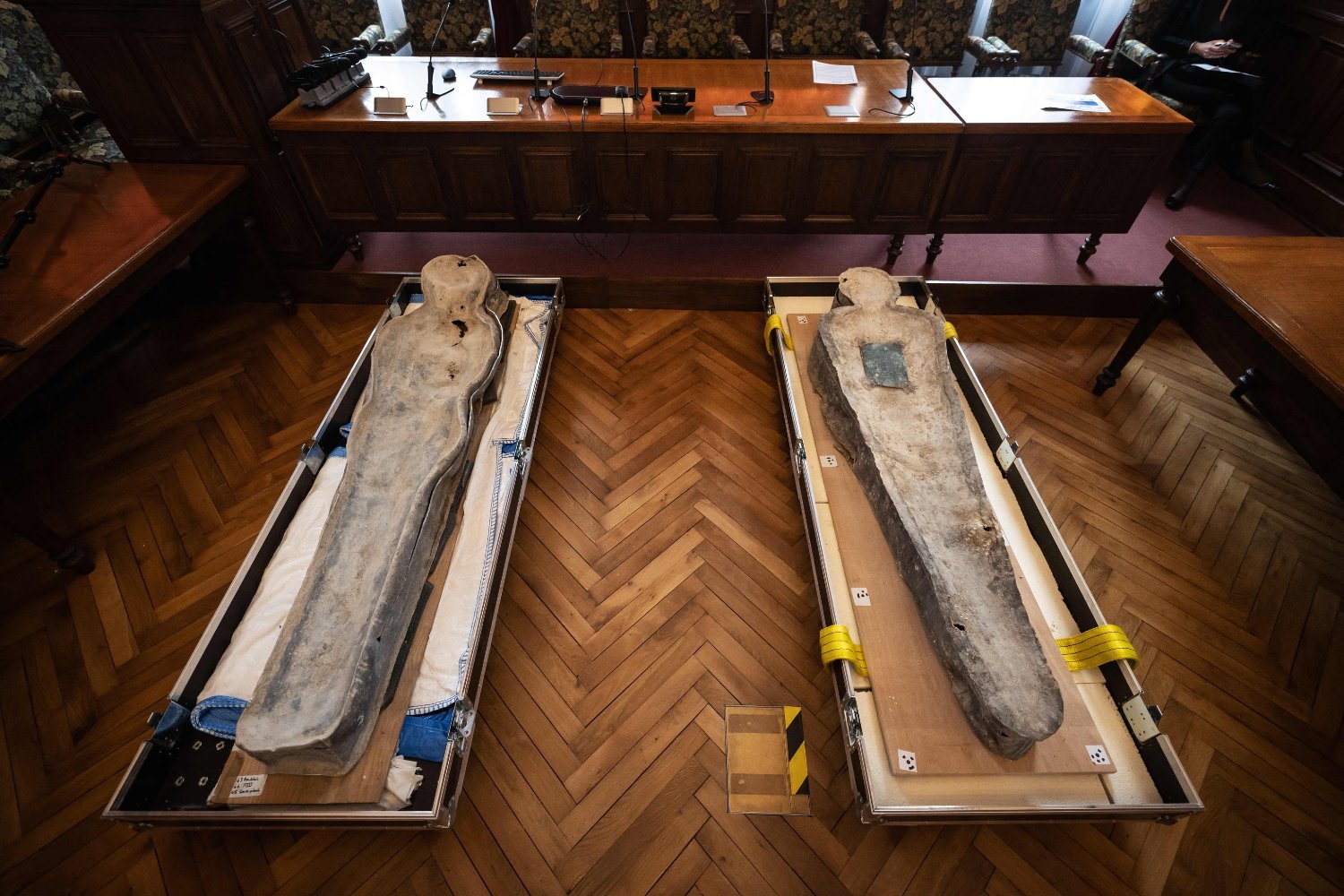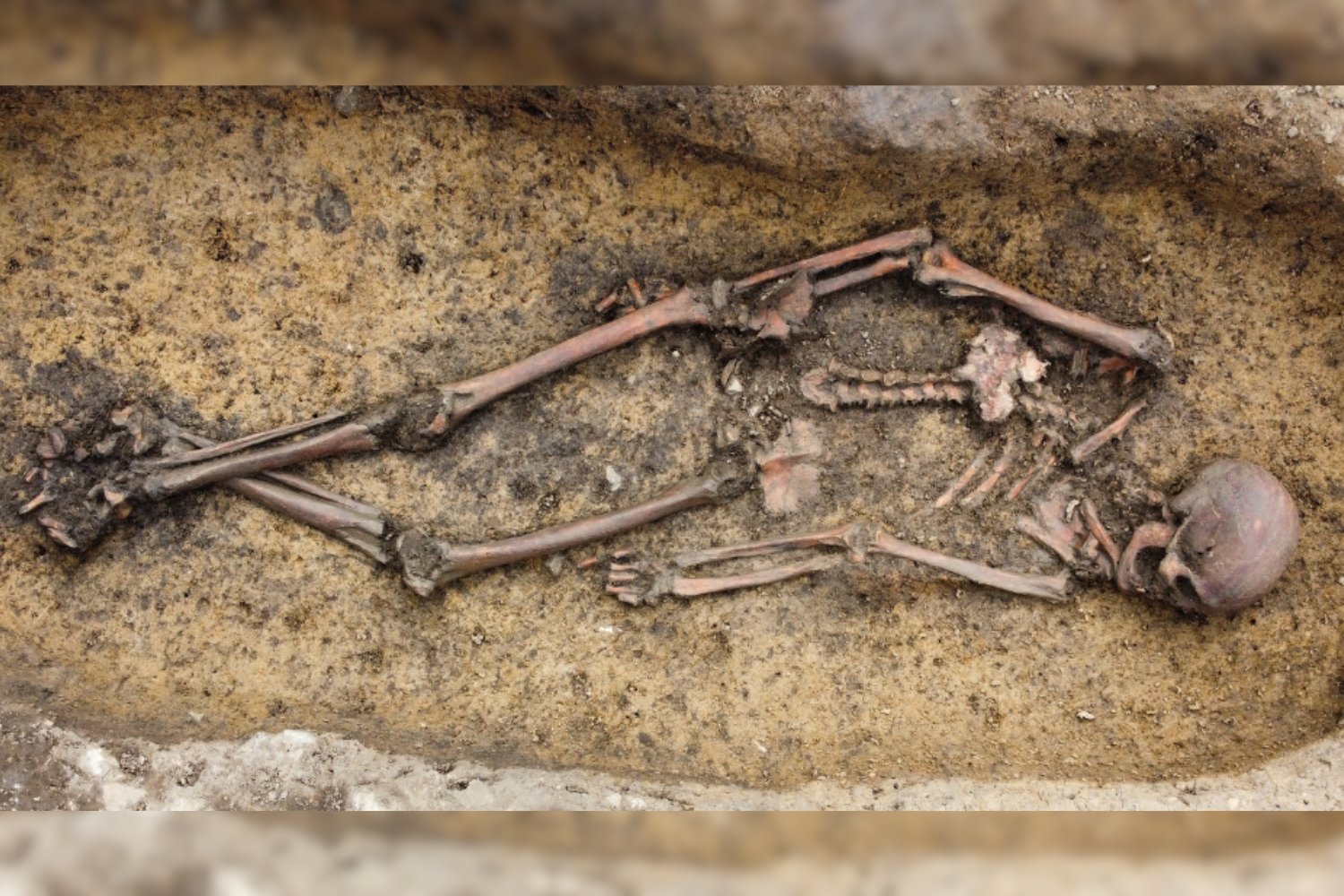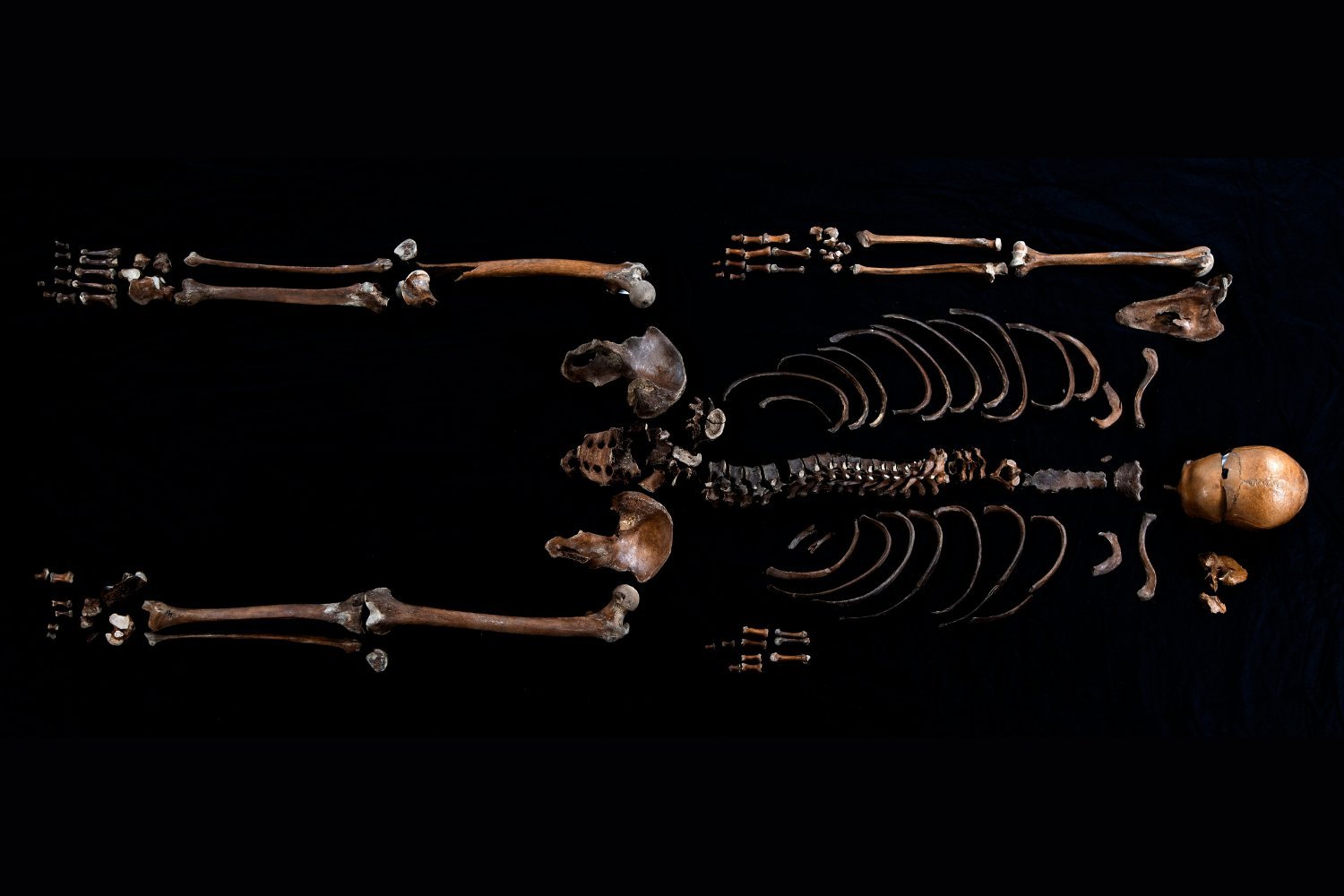The ill-fated Franklin Expedition, launched in 1845 to chart the Northwest Passage, met a tragic end, claiming the lives of all 129 crew members. The HMS Erebus and HMS Terror, captained by Sir John Franklin, became trapped in Arctic ice, forcing the crew to abandon ship and attempt a perilous overland journey to safety. Nearly two centuries later, scientists have used DNA analysis to identify the remains of one of the expedition’s key figures: Captain James Fitzjames of the HMS Erebus.
The discovery sheds new light on the expedition’s final days, highlighting the desperate measures taken by the surviving crew members as they struggled against starvation and the unforgiving Arctic environment. The identification of Fitzjames follows the earlier identification of Warrant Officer John Gregory in 2021, both achieved through cutting-edge DNA technology and collaboration with descendants of the expedition’s crew.
Unraveling a Historic Tragedy
The Franklin Expedition, setting sail from England in 1845, aimed to map the Northwest Passage through the Canadian Arctic. The voyage quickly turned disastrous when both ships became icebound, leaving the crew stranded in a hostile and remote environment. Accounts from Inuit witnesses and markings on discovered remains suggest that cannibalism became a last resort for some of the desperate survivors. The remains of numerous crew members have been found on King William Island, the site of their final encampment.
DNA Analysis Provides Answers
Researchers from the University of Waterloo and Lakehead University have been painstakingly analyzing bone and tooth samples recovered from King William Island. By comparing DNA extracted from these samples with DNA provided by living relatives of the Franklin expedition crew, scientists have been able to identify individual remains. Their findings, published in the Journal of Archaeological Science: Reports, detail the identification of Captain James Fitzjames.
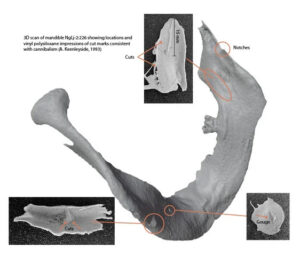 Photo of the jaw bone from James FitzjamesCut marks on the jawbone indicate that Fitzjames’ remains were likely consumed by fellow crew members. © University of Waterloo
Photo of the jaw bone from James FitzjamesCut marks on the jawbone indicate that Fitzjames’ remains were likely consumed by fellow crew members. © University of Waterloo
This identification is particularly significant given Fitzjames’s senior role in the expedition. He penned the last written record documenting Franklin’s death, highlighting the tragic irony of his own demise. The discovery of cut marks on Fitzjames’s jawbone reveals the grim reality of the expedition’s final days, where even rank and status offered no protection against the desperate need for survival.
A Glimpse into the Final Days
The identification of Fitzjames offers a poignant glimpse into the harrowing circumstances faced by the Franklin expedition’s crew. It underscores the extreme measures taken to survive in the face of starvation and underscores the tragic fate shared by all members of the expedition. The fact that Fitzjames, a high-ranking officer, was subjected to cannibalism demonstrates the dire situation faced by the survivors.
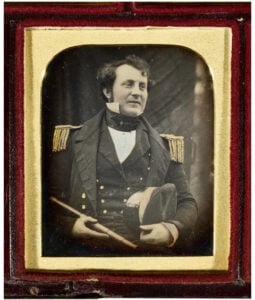 Photo of James FitzjamesCaptain James Fitzjames, a senior officer of the Franklin expedition. © University of Waterloo
Photo of James FitzjamesCaptain James Fitzjames, a senior officer of the Franklin expedition. © University of Waterloo
Continuing the Search for Answers
The discovery of the HMS Erebus in 2014 and the HMS Terror in 2016 marked significant milestones in understanding the Franklin Expedition. The ongoing DNA analysis of recovered remains provides a crucial human element to this historical puzzle. Researchers are actively seeking more descendants of the expedition’s crew to provide DNA samples, hoping to identify more remains and further illuminate the tragic story of the Franklin Expedition.
Conclusion
The identification of Captain James Fitzjames through DNA analysis offers a powerful testament to the advancements in scientific techniques and their ability to unlock historical mysteries. This discovery not only confirms the tragic fate of a key figure in the Franklin Expedition but also provides a deeper understanding of the extreme conditions faced by the crew in their final days. The ongoing research promises to continue unveiling the secrets of this ill-fated Arctic voyage.



